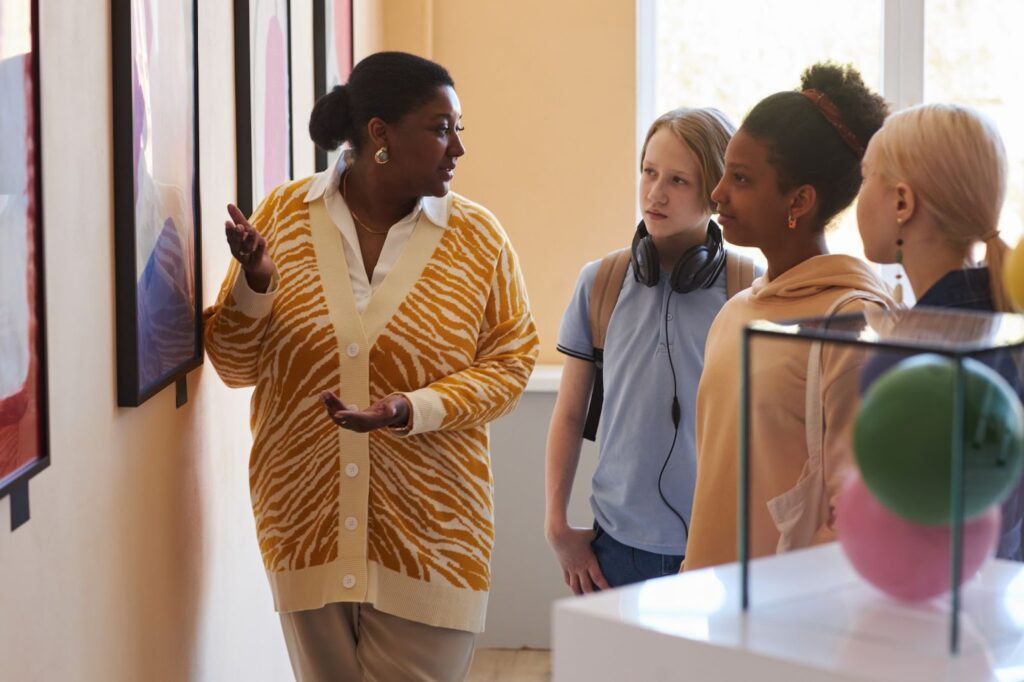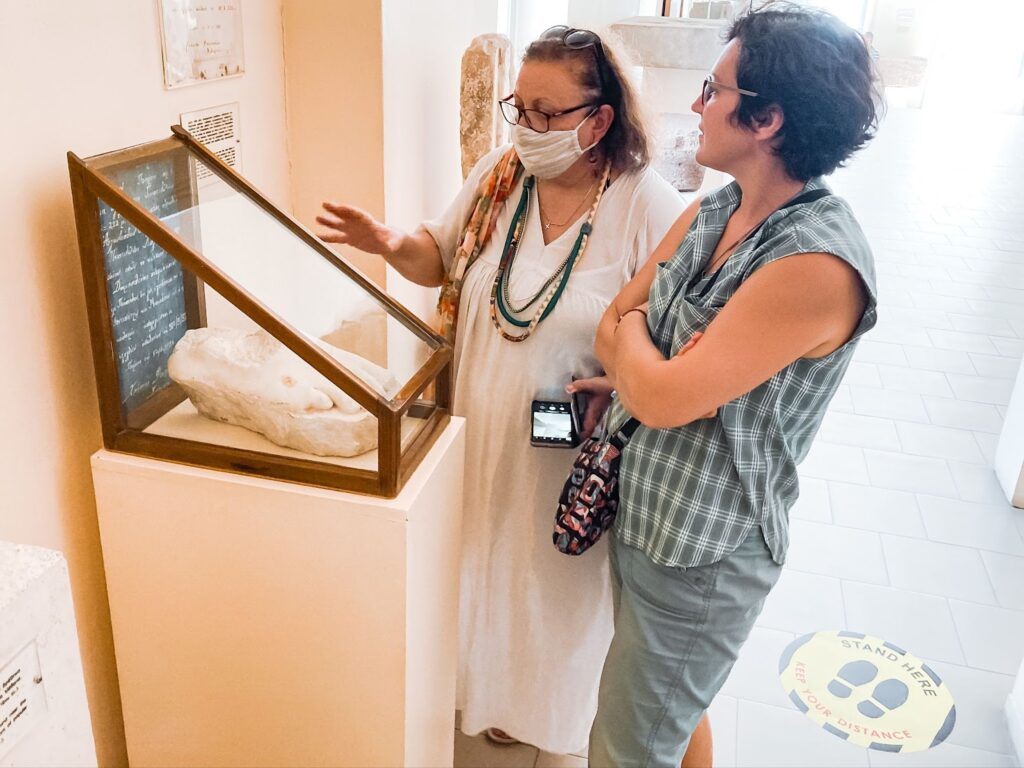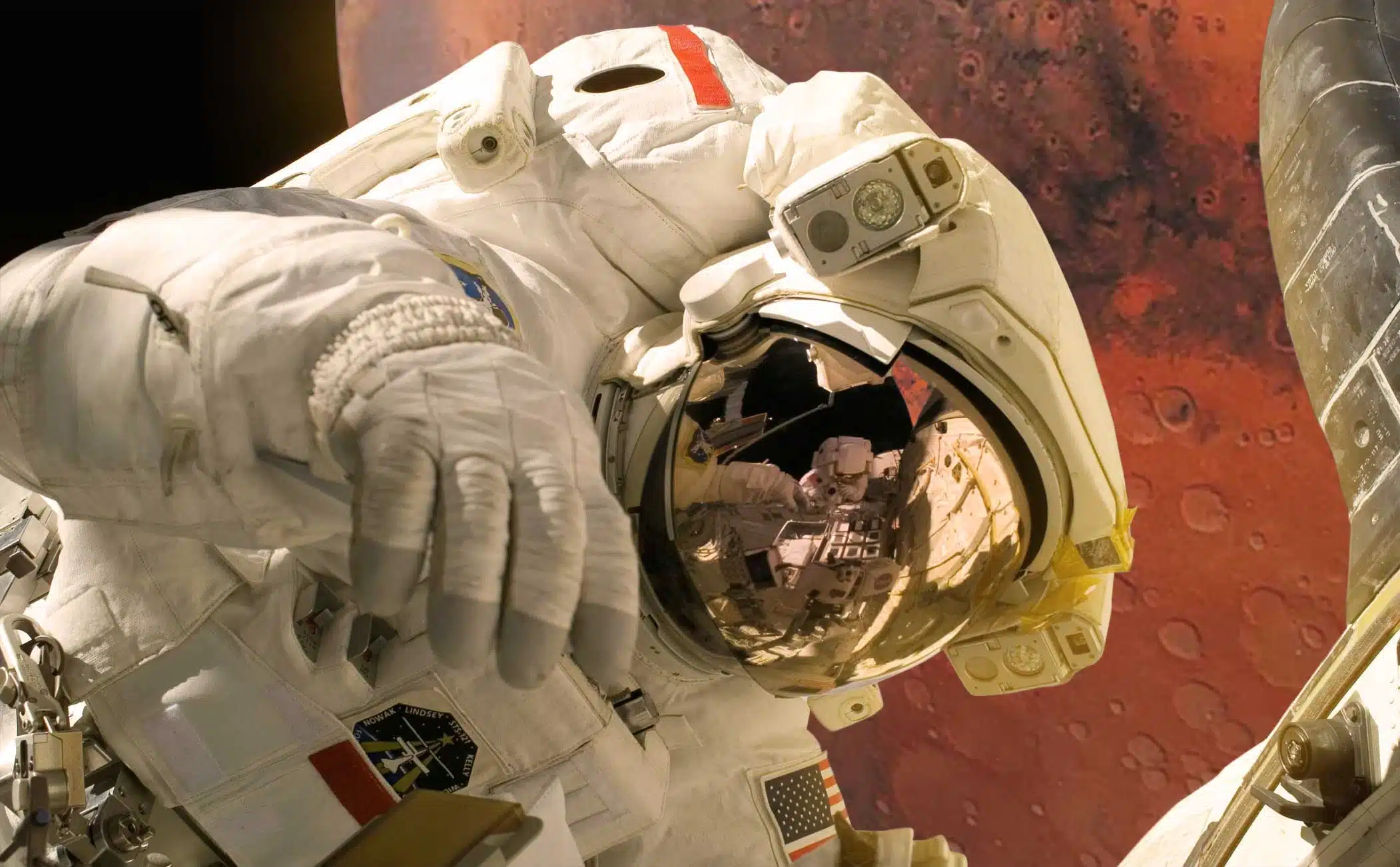History and science are fascinating, and it’s the role of museums around the world to preserve our collective history and shared scientific and archaeological discoveries. This helps us to understand our past, the world and our place in it.
A database created by the American Museum of Natural History, the Smithsonian National Museum of Natural History and the Natural History Museum in London in 2023 maps the total collections from 73 of the world’s largest natural history museums and herbaria in 28 countries.
This has effectively created a database of 73 museums worldwide. Coming together to form a collection of over one billion objects, the database is the first step in an ambitious undertaking that scientists hope will ultimately help tap global collections to address urgent issues, including climate change, food insecurity, pandemic preparedness and biodiversity loss.
This article will provide readers with an overview of the database and help them understand the collection and its goals.
What is the Collection?
This new database is a complete map of the total collections from 73 of the world’s largest natural history museums and herbaria across 28 countries in an effort organised by scientists at the institutions mentioned above. With over a billion objects, this is the largest combined collection of natural history and biological artefacts in the world.
Outlined recently in the journal Science, this collection database is the first step in an ambitious undertaking that the scientists involved hope will ultimately help tap global collections to address urgent issues such as climate change, pandemic preparedness, food insecurity and biodiversity loss.
What is Unique About This Project?

Museums have usually acted as independent organisations, but this new approach imagines a complete global collection composed of the collections of all the world’s museums.
“Natural history collections are the evidence from which scientists derive knowledge, including knowledge that can be applied to critical issues facing our planet today,” says Michael Novacek, a curator in the American Museum of Natural History’s Division of Paleontology and former provost of science. “This has never been more urgent than today, as global biodiversity loss and climate change are accelerating,” said Michael.
How was the Database Created?
To develop this database, the global team of scientists working on the project created a common vocabulary of 19 different collection types that span biological, paleontological, geological and anthropological collections, as well as 16 terrestrial and marine regions that cover the entirety of the Earth.
“We wanted to find a fast way to estimate the size and composition of the global collection so that we could begin to build a collective strategy for the future,” says the lead author Kirk Johnson, who is the Sant Director of the Smithsonian National Museum of Natural History.
What is the Goal of the Database, and Why Are Scientific Collections Important?
A report generated from the collection is a giant first step in the goal of surveying the global collection and tapping its potential. Natural history scientific collections are uniquely able to help scientists inform contemporary responses to today’s various interconnected crises. Still, due to funding shortfalls and a lack of global coordination, the information embedded in worldwide museum collections remains largely inaccessible to researchers.
With strategic coordination amongst museums and research institutes, a global collection such as this could help guide crucial decisions that shape the future of humanity and biodiversity.
In the report, the authors also recognise that the historic concentration of objects in large museums in North America and Europe can be a severe barrier to collective knowledge-sharing. This perpetuates power imbalances rooted in the colonial and exploitative history of museum science. The authors note that in the future, this global collection must reflect and support museums elsewhere in the world.
As the authors write in the paper, “The long-term security and value of natural history collections depend on developing global and local partnerships that demonstrate not only their relevance for specific scientific, societal and conservation challenges but also for the benefits that apply to every person on the planet.”
Although this aggregate collection is vast, with over a billion objects, the survey conducted demonstrated that there are several major gaps in various areas, including undiscovered arthropods, tropic and polar regions, and different marine systems and microbial diversity. These gaps that were identified could provide a roadmap for coordinated collecting efforts going forward.

In addition to this, scientific collections are valuable to society for the following reasons:
- Developing a baseline understanding of the different effects of climate change and other environmental threats to the planet.
- Determining the actual and potential impact of various invasive pests on global crop plants.
- Tracking different host and parasite species that are responsible for infectious disease.
- Examining the complex histories of human trade, technology, innovation and material culture.
- Discovering different new biomedicines.
- Documenting the biological and cultural diversity of the planet during a period of unprecedented environmental destruction due to human interference.
- Monitoring the various changes in marine resources, such as fisheries.
- And developing an understanding of how human changes to Earth’s chemical cycles affect sustainability and climate change.
The value of scientific collections, particularly when it comes to education and the sciences, as those with an online Master of Science in Education would surely understand, can’t be overstated. This new database is a crucial scientific development that will help researchers to better understand history and science, and will help work towards solving current global issues.








